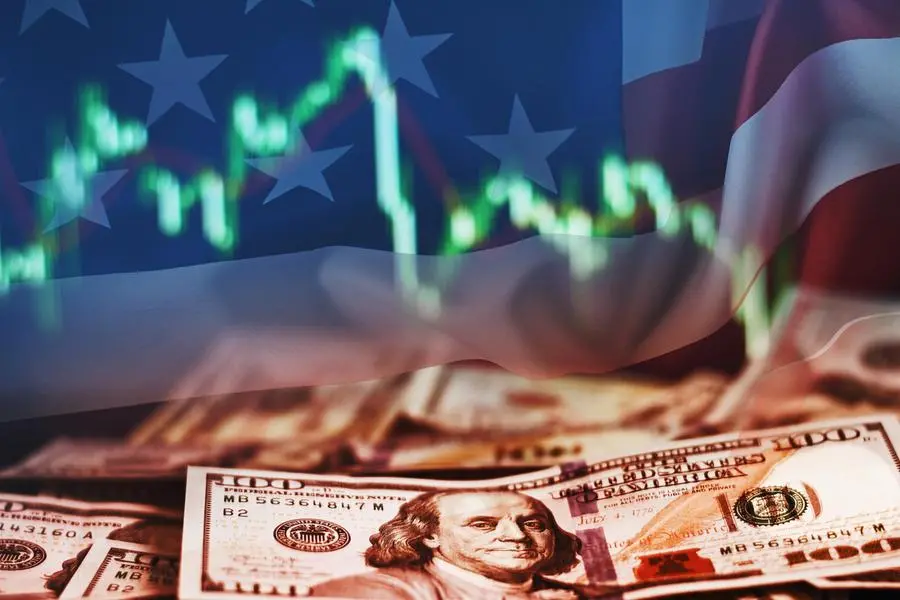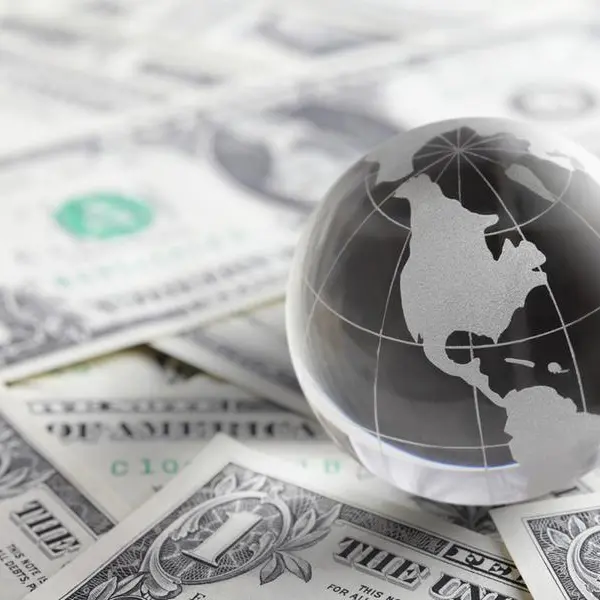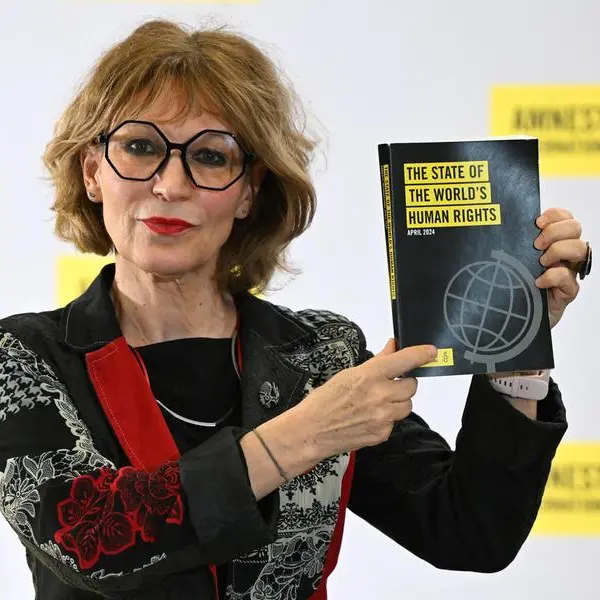PHOTO
Worldwide growth in 2023 is expected to be as weak as in 2009, with weakness triggered by deep contractions in Russia and Ukraine to the rest of the world economy, the Institute of International Finance (IIF) said in a report.
The global association of the financial industry assessed growth across countries and over time with a focus on “true” growth, which is annual average growth adjusted for statistical carryover from the previous year.
"We estimate PPP-weighted global statistical carryover at 0.4% in 2023. Coupled with our forecast for annual average global growth of 1.5%, this means “true” growth is 1.1%,” IIF said in its recently published Global Macro Views.
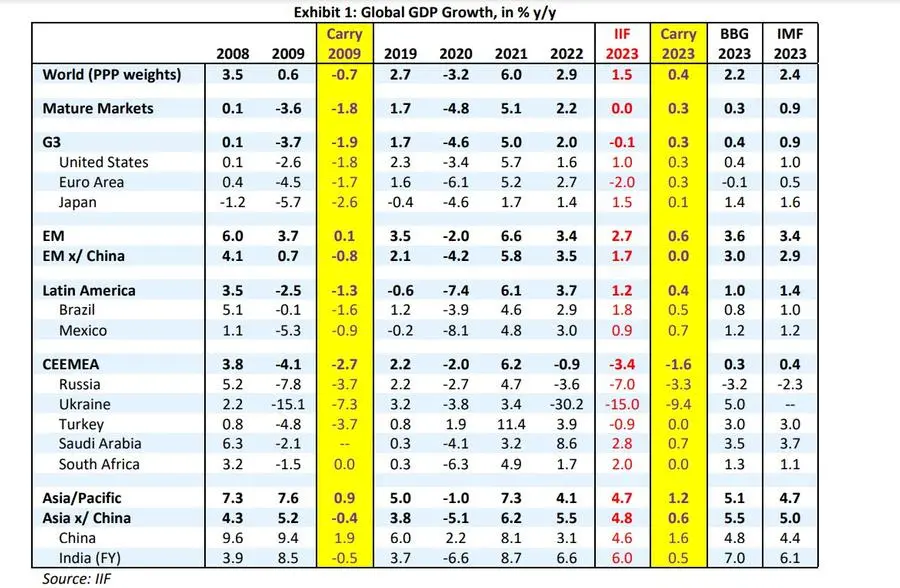

"For perspective, annual average growth in 2009 was 0.6% with a base effect of -0.7%. The latter was negative as the Great Recession began in 2008, pulling down GDP levels into 2009. As a result, “true” global growth in 2009 was 1.3%. Seen through this lens, 2023 will be slightly weaker than 2009," IFF noted.
After Russia invaded Ukraine, Ukraine’s GDP fell sharply, so that annual average growth in 2023 will be -9.4%. The same is true for Russia, although to a lesser extent.
"Assuming another contraction in Q4 2022 GDP, we estimate statistical carryover into 2023 at -3.3%," according to Robin Brooks, Managing Director & Chief Economist at the IIF.
"Unlike Ukraine, western carveouts of Russia’s energy exports led to large hard currency inflows, which resulted in a sharp easing of financial conditions. That easing of financial conditions helped Russia avert a steeper GDP decline," Brooks noted.
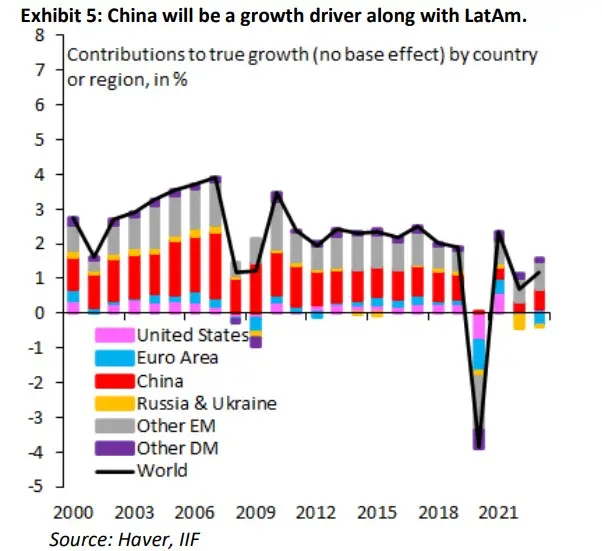

At a global level, IIF's PPP-weighted aggregate shows “true” growth in 2023 to be slightly weaker than in 2009, with China and Latin America the most important growth drivers.
"The coming global recession will be more severe in “true” growth terms than the Great Recession," the IIF said.
(Writing by Seban Scaria seban.scaria@lseg.com ; editing by Daniel Luiz)
